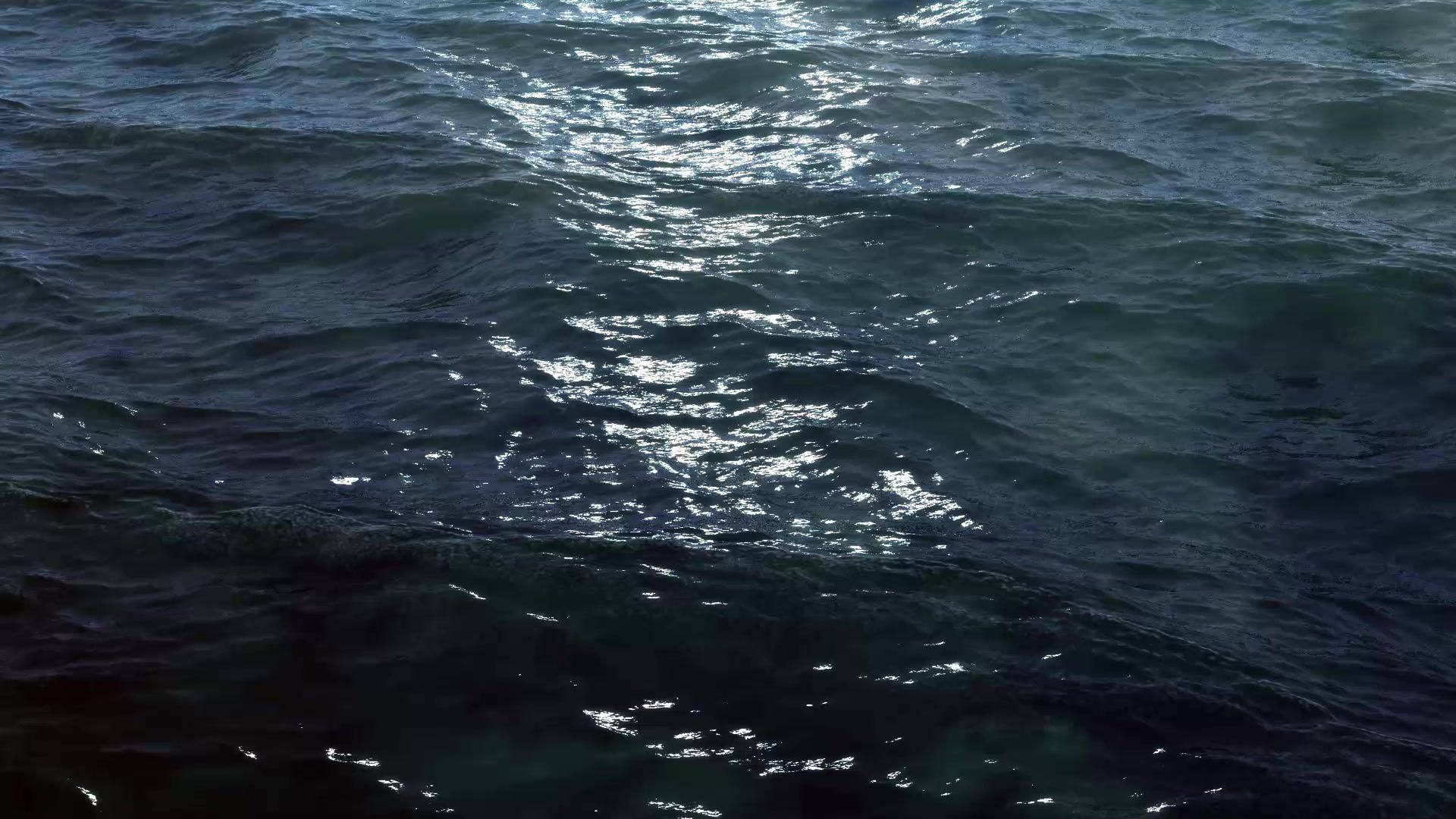

The intertidal zone is where the ocean meets the land. It can either be submerged or exposed. Because of this the communities are constantly changing. On rocky coasts, the zone is stratified vertically. Where only the highest tides reach, there are only a few species of algae and mollusks. In those areas usually submerged during high tide, there is a more diverse array of algae and small animals, such as herbivorous snails, crabs, sea stars, and small fishes. At the bottom of the intertidal zone, which is only exposed during the lowest tides, many invertebrates, fishes, and seaweed can be found. The intertidal zone on sandier shores is not as stratified as in the rocky areas. Waves keep mud and sand constantly moving, thus very few algae and plants can establish themselves.

